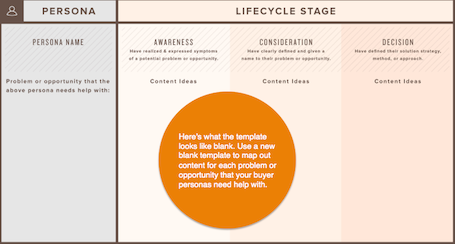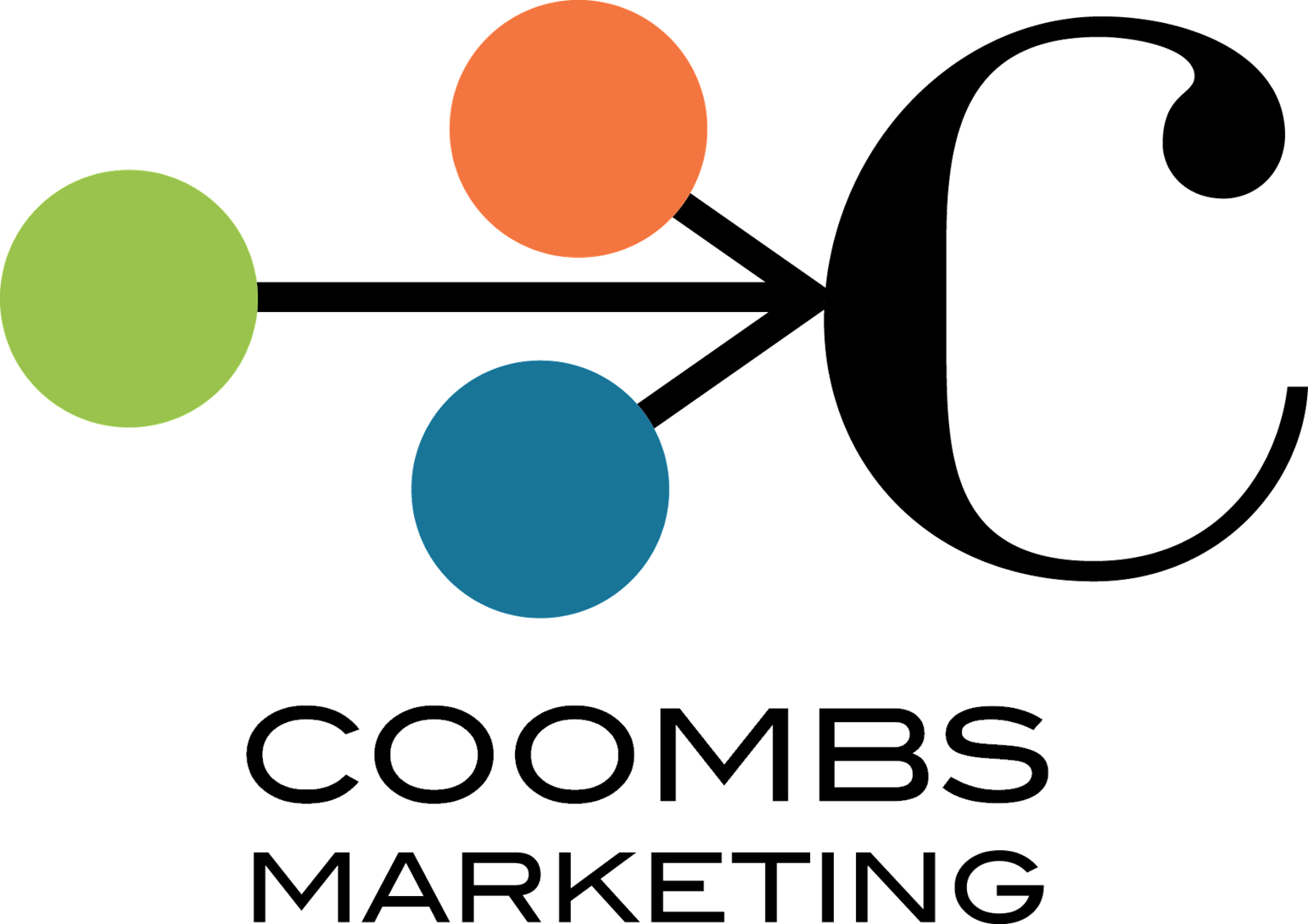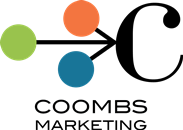
The summer is soon ending and the time is coming to get back to work. My definition of "getting back to work" is work without the thought or preparedness for vacation! I live in the South, and the kids start school this week. Having grown up in Rochester, NY, it's odd to me, to see school buses before Labor Day, but it's normal here in Charlotte, NC.
What should be "normal" for you is making sure your web efforts do all the basic blocking and tackling, (there's a fall analogy!) that should gain you leads and sales.
So turning my thoughts toward work and building business, it seemed useful to put together a checklist of ways to attract business. Here goes...
Tip #1: Update keywords and keyword strategy
Whether you know it or not, your website is already targeting certain keywords. Search engines extract these keywords from your on-page text, headers, page titles, inbound links and other factors. But, you might not have made a conscious decision to target those keywords. Even if you did, you might not be monitoring your rankings or have a sense of how good your chances are of ranking well for those keywords.
Choosing the right keywords will make a difference between getting found in search engines or not getting found. Start by brainstorming as many keyword ideas as possible. Below are tips to get you started:
Tip #2: Review your target personas and update as necessary
Do you have a new product or service, or a new vertical market? If so, did your target persona change?
Buyer personas are a crucial component of successful inbound marketing, particularly for the sales and marketing departments. After all, the marketing team needs to know to whom they're marketing, and the sales team needs to know to whom they're selling. When developing buyer personas, here are some of the questions you should think about:
Keep a written document of your buyer personas, give them a name, (i.e. CEO Charlie, or Marketing Mary) and make sure they can be can easily refered to and top-of-mind.
Tip #3: Plan for and develop extraordinary content.
When it comes to content, one size rarely fits all. To ensure that your company's content is effective at generating and nurturing leads, you need to deliver the right content, to the right people, at the right time. Content mapping is the process of doing just that.
With content mapping, the goal is to target content according to A) the characteristics of the person who will be consuming it (that’s where buyer personas come in), and B) how close that person is to making a purchase ( i.e. their lifecycle stage. We divide the buying cycle into three lifecycle stages - Awareness, Consideration and Decision.
To help you map out content topics by buyer persona and lifecycle stage, put together a simple grid system.Your buyer persona (plus a key problem or opportunity that persona needs help with) goes on the y-axis, while the three lifecycle stages are fixed on the x-axis.
The next step is to creat and map useful content to each buyer persona at the various stages of their buying cycle.

Use this awesome content to attract your personas to your site. Make sure the content is keyword rich so that anyone searching for it can find it.
Make sure your content contains a call-to-action. A call-to-action (CTA) is either text, an image or a button that links directly to a landing page so people can find and download an offer. Whether they are whitepapers, free trials, memberships, sales promotions, or downloads, these irresistible elements can overcome a lead’s typical doubt, or concern. People need to perceive the value of your offer to be greater than what you’re asking for in return (their contact information.) The higher the perception of value, the more irresistible the offer. If the offer is irresistible, then your visitor is likely to convert to an online lead.
Generating leads online has the power to transform your marketing. Using great offers, calls-to-action, landing pages and forms - while promoting them in multi-channel environments - can reduce your cost-per lead, while delivering higher quality prospects to your sales team. For more information on creating remarkable content, download A Practical Guide to Killer Marketing Content.
More articles on gaining online leads:


